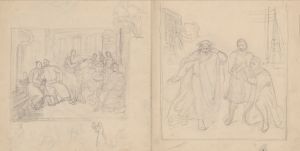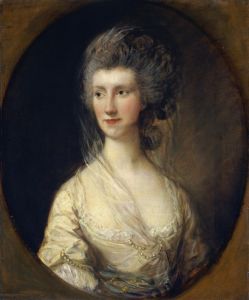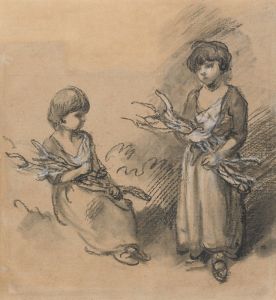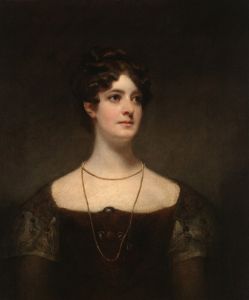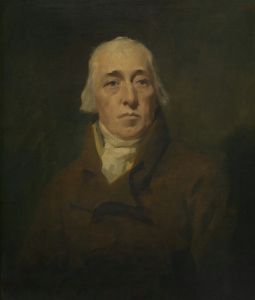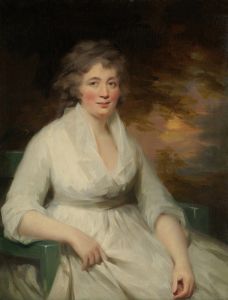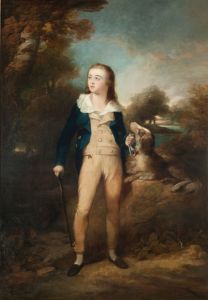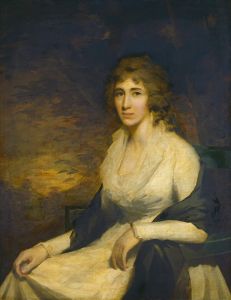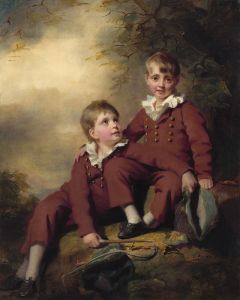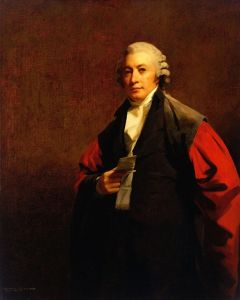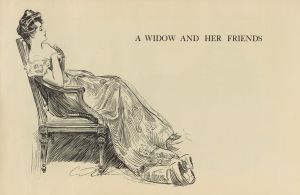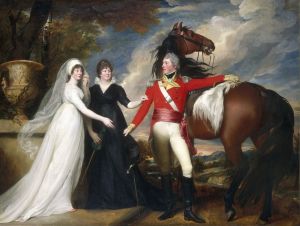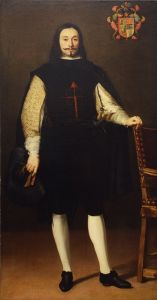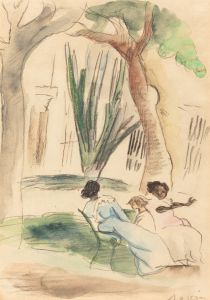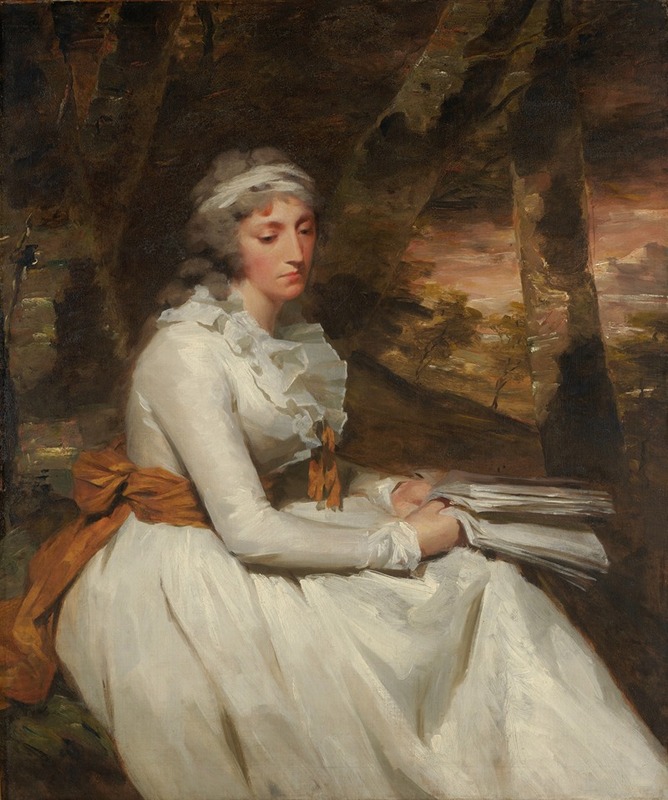
Mrs. Richard Alexander Oswald
A hand-painted replica of Sir Henry Raeburn’s masterpiece Mrs. Richard Alexander Oswald, meticulously crafted by professional artists to capture the true essence of the original. Each piece is created with museum-quality canvas and rare mineral pigments, carefully painted by experienced artists with delicate brushstrokes and rich, layered colors to perfectly recreate the texture of the original artwork. Unlike machine-printed reproductions, this hand-painted version brings the painting to life, infused with the artist’s emotions and skill in every stroke. Whether for personal collection or home decoration, it instantly elevates the artistic atmosphere of any space.
"Mrs. Richard Alexander Oswald" is a portrait painting by the renowned Scottish artist Sir Henry Raeburn. Raeburn, born in 1756 in Edinburgh, is celebrated for his exceptional skill in portraiture, capturing the likeness and character of his subjects with remarkable precision and sensitivity. His works are considered quintessential examples of the Scottish Enlightenment's artistic achievements.
The painting depicts Mrs. Richard Alexander Oswald, whose identity is tied to her marriage to Richard Alexander Oswald, a figure of some prominence. The Oswald family was known in the 18th and 19th centuries, with connections to commerce and politics, which were common among the subjects of Raeburn's portraits. However, specific details about Mrs. Oswald's life, including her maiden name and personal history, are not extensively documented in public records.
Raeburn's portraits are characterized by their realistic representation and the ability to convey the personality and social status of the sitter. In "Mrs. Richard Alexander Oswald," Raeburn employs his typical style, using a soft yet precise brushwork to render the textures of fabric and flesh. The composition likely follows Raeburn's conventional approach, focusing on the upper body and face, allowing the viewer to engage directly with the subject's gaze and expression.
The background of the painting is typically understated, a technique Raeburn often used to ensure that the viewer's attention remains on the sitter. This method also serves to highlight the sitter's attire and any accessories, which can provide insights into the fashion and social customs of the period. Raeburn's use of light is another notable feature, often illuminating the face and upper body to create a sense of immediacy and presence.
Raeburn's work, including this portrait, is part of a broader tradition of British portraiture that flourished in the 18th and early 19th centuries. His ability to capture the essence of his subjects earned him a significant reputation during his lifetime, leading to numerous commissions from the Scottish and British elite. Raeburn was knighted in 1822, a testament to his contributions to the arts.
"Mrs. Richard Alexander Oswald" is housed in a collection that appreciates Raeburn's contribution to art history, though the specific location of this painting may vary as it could be part of a private collection or held in a public institution. Raeburn's portraits remain highly regarded for their artistic merit and historical significance, offering a window into the lives and appearances of individuals from his era.
In summary, "Mrs. Richard Alexander Oswald" exemplifies Sir Henry Raeburn's mastery in portraiture, capturing the dignity and character of his subject with a refined elegance that continues to be celebrated in the art world.





